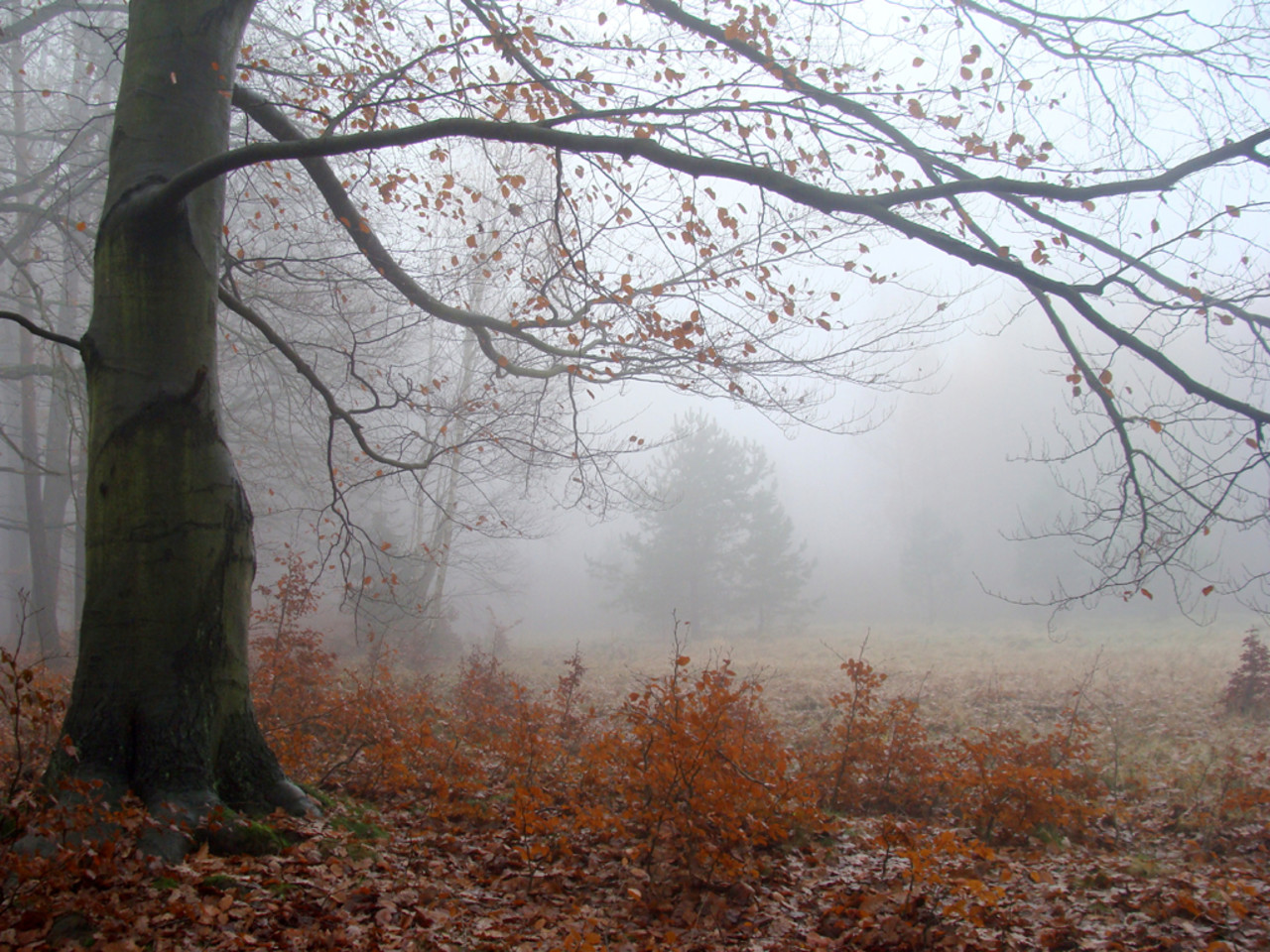Wine Tasting
페이지 정보
Writer Trista Hardie 작성일24-12-09 06:51 count31 Reply0본문
| Subject | Wine Tasting | ||
|---|---|---|---|
| Writer | Trista Trista CO KG | Tel | 249564945 |
| host | grade | ||
| Mobile | 249564945 | tristahardie@att.net | |
| etc | |||
Wine Tasting
What are the processing steps of wine?
Wine manufacturing entails several key processing steps that remodel grapes into the ultimate product. Understanding these steps can enhance your appreciation during wine tasting.
1. Harvesting
The first step in winemaking is the harvesting of grapes. This could be done either by hand or with machines, relying on the vineyard's practices and the quality of wine desired.

2. Crushing
After harvesting, grapes are crushed to launch their juice. This is often accomplished with a mechanical crusher or by foot stomping in conventional methods. Crushing can even separate the stems from the fruit.
3. Fermentation
The extracted juice then undergoes fermentation, the place yeast converts sugars into alcohol and carbon dioxide. This course of can take several days to weeks and is crucial for creating the wine’s flavor profile.
4. Pressing
For white wines, after fermentation, the combination is pressed to separate the juice from the solids, including skins and seeds. In purple wine production, pressing might occur before fermentation, permitting the juice to ferment with the skins for shade and tannin extraction.
5. Aging
Once fermentation is full, the wine could additionally be aged in barrels or tanks to develop its flavors and traits. Aging can final from a number of months to a quantity of years, relying on the type of wine being produced.
6. Clarification
After getting older, the wine is clarified to take away any remaining solids. This can contain processes like filtration and fining, helping to realize a transparent and secure last product.
7. Bottling
Finally, the wine is bottled. Before bottling, it could bear further therapies, together with mixing with other wines for flavor consistency. The bottles are then sealed and labeled, ready for distribution.
These steps in winemaking contribute to the distinct flavors and aromas you encounter during wine tasting. Each part is crucial in shaping the wine's ultimate character.
What are the steps of wine tasting?
1. Look: Observe the wine's color and clarity. Tilt the glass slightly towards a white background to evaluate the depth of color, which may point out age and grape variety.
2. Swirl: Gently swirl the wine in the glass to aerate it. This helps launch the wine's aromas, making it simpler to research its scent.
3. Smell: Bring the glass to your nose and take a deep sniff. Try to identify varied aromas, such as fruits, spices, or other traits. This step is essential for experiencing the wine's profile.
4. Taste: Take a small sip and let it roll around your mouth. Pay consideration to the flavors, acidity, sweetness, and tannins. Consider the wine's texture and the method it feels on your palate.
5. Savor: After swallowing, mirror on the end and aftertaste of the wine. Note how long the flavors linger and if there are any completely different tastes that emerge after swallowing.
6. Evaluate: Consider the overall steadiness, complexity, and high quality of the wine. Use your insights from the previous steps to kind a conclusion about its traits.
What is the meaning of wine tasting?
Wine tasting is the systematic process of evaluating and experiencing wine through its appearance, aroma, and flavor. It includes a sensory examination that enables people to discern the various elements that contribute to a wine's character.
Key Components of Wine Tasting
Appearance: The first step in wine tasting is to look at the wine's colour and clarity. This can present insights into the age, grape selection, and winemaking process.
Aroma: Smelling the wine is essential for figuring out its bouquet and fragrances. This helps tasters acknowledge various aromatic compounds and flavors, similar to fruits, spices, and earthy notes.
Flavor: The precise style of the wine is skilled on the palate. Tasters assess sweetness, acidity, tannins, and 논현오피 body, which all contribute to the general flavor profile.
Objectives of Wine Tasting
The main goals of wine tasting embody:
- Evaluating the quality and traits of different wines.
- Enhancing one's knowledge and appreciation of wine.
- Identifying personal preferences in flavors and styles.
Overall, wine tasting serves both a recreational and educational objective, allowing enthusiasts to have interaction deeply with the world of wine.

 JOIN
JOIN 





